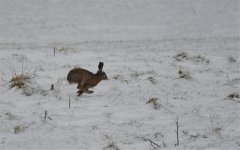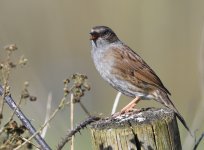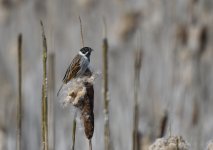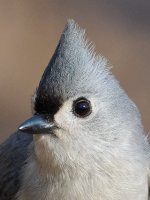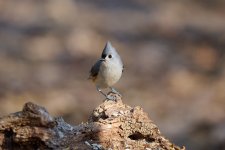I think we'll have to agree to disagree on much of this.
I'll happily admit to not being an 'expert' but I do have nearly fifty years experience of taking photographs and much of my knowledge of the subject is underpinned by the eight years I spent working as a technician in a photographic laboratory dealing primarily with professional photographer clients, so I do know a little bit about it.
I'm also very much not an "anti tripoder", nor am I in any way "deluded", either about my photographs or anything else thank you. I'm extremely critical of my own photographs.
For a complete beginner I would suggest the most useful tools would probably be a couple of good books. One would ideally be a pretty basic one about digital photography generally which explains everything from scratch, and also explains why, due to the technical limitations of the photographic process, the camera very often lies, or at least does not see the world in the same way that our brains do. The second book would ideally be written by a wildlife photographer, preferably one who is an expert naturalist first and a photographer second.
I think understanding the technical limitations of the photographic process fully is the one thing that will greatly improve the pictures of most beginners, in particular understanding why setting their camera on auto everything isn't really a good idea. A tripod might be helpful during this process as it will enable the photographer to keep the camera on the same subject whilst experimenting. This and many other websites can be useful for this learning process but can also be a bit problematical because everyone chips in with their own pet ideas and there is no logical structure to it.
One thing I think that is certain is that for the vast majority of people, buying a high tech camera of any sort with a long lens and plonking it on a tripod isn't going to turn them into a wildlife photographer or even necessarily enable them to take sharp photographs. That's not to say people are stupid. It's just to acknowledge that the image making process is a rather technical one, something that both enables and limits what can be achieved, and understanding the limits is probably the most useful thing a beginner can learn.
Once a budding photographer understands the limits of the process then they can decide for themselves whether or not they really need a tripod for what they want to achieve. And I would suggest for many uses including much long lens wildlife photography many people will realise that they don't actually need a tripod except in a few very specific circumstances. If they want to go home and pixel peep they might find that pictures taken using a tripod are sharper if their technique is good and their tripod really is up to stabilising a long, high magnification lens, but in many cases they won't because the issues they are having are primarily due to things other than camera stability.
So, just to be clear, I'm not anti-tripod and I'm not an expert. The above is obviously just my opinion based on my own long experience. What I am confident about though is that, except in a few specific circumstances, sticking my camera on a tripod isn't going to produce pictures that are sharper in real world terms than what I already get. And I'll happily keep leaving my own tripod out of the equation because most of the time it's just clutter that gets in the way.
Edited to add - (Just to add a final note. I tend to judge sharpness based on what I see full sized on my large monitor or A3 sized prints, not what I see on small downsized web images).









